Al-Shabab extremists in Somalia are getting “bolder” in their attacks and have increased using suicide bombers…
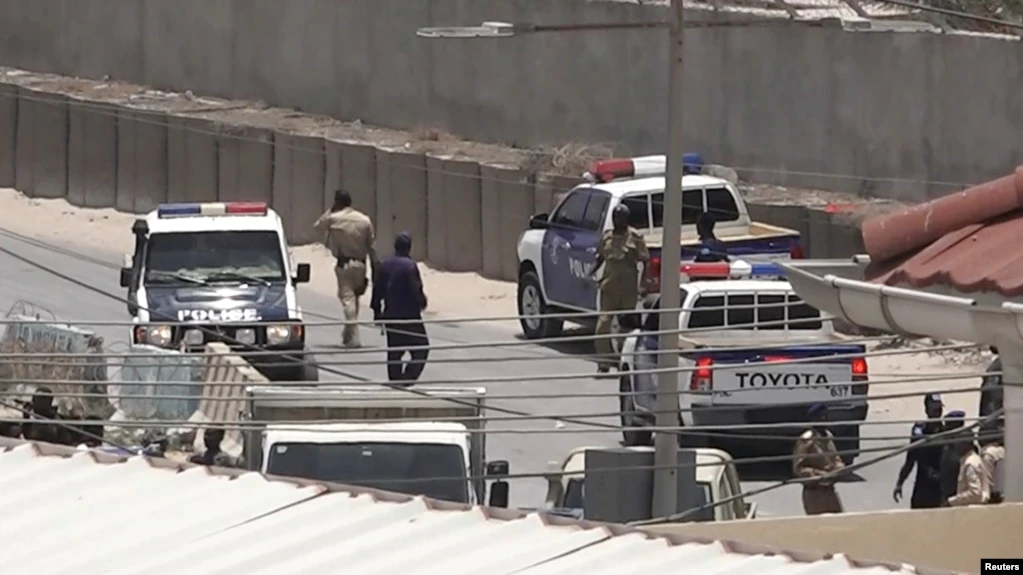
Al-Shabab extremists in Somalia are getting “bolder” in their attacks and have increased using suicide bombers wearing homemade explosives in what security experts call a “change in tactics.”
The Islamist militant group mounted one of its deadliest attacks Wednesday, targeting elections at the regional presidential palace in Beledweyne town around 300 km north of Mogadishu. Forty-eight people were killed, and more than 100 others wounded.
Among the dead was a member of parliament, Amina Mohamed, a vocal critic to the government, who was on the campaign trail when she was targeted and killed by a suicide bomber wearing an explosive vest.
Hours earlier, two Shabab militants breached the heavily fortified compound at Mogadishu’s airport, where presidential elections are scheduled to take place. Offices for the U.N., Western embassies and the African Union peacekeeping mission are in the same area.
For more than a decade, al-Shabab has been fighting the U.N.-backed Somali government in Mogadishu, and during its violent campaign it has used a range of tactics that include intimidation and use of violence.
But in recent months, al-Shabab increased attacks in which individual suicide bombers deliver explosives and detonate them on selected targets with precision to inflict the greatest possible damage, security experts told VOA Somali service.
In November of last year, Abdiaziz Mohamud Guled, a critic of al-Shabab, was killed in Mogadishu in a suicide attack carried out by a man wearing a vest.
In January 2022, former Somali government spokesman and now lawmaker Mohamed Ibrahim Moalimuu survived a similar attack on his car by a man wearing a suicide bomb. Militants also carried out several other attacks in the same way.
“So, this shows a change of a tactics from using vehicles and armed raids to more individual suicide bombers,” said former Somalia National Intelligence and Security Agency (NISA) chief Abdullahi Mohamed Ali. “For them [al-Shabab] deploying suicide bombers, who strike intended targets, is cheaper, effective, and easier strategy,” Ali said.
Former NISA deputy director Abdisalan Guled says when one of the group’s strategies fails, it always comes up with another.
“Before, the militants used mainly gunmen storming on military bases, government offices, hotels, and restaurants, roadside IEDs, drive-by shootings, guerrilla style ambushes, and among others. But now as security at government key installations and military basis beefed up, they use more bombers wearing suicide-vests with huge magnitude and impact,” Guled said.

Al-Shabab now stronger
Former deputy NISA chief Ismail Osman believes the group is now in a stronger financial position than before, allowing it to purchase more bomb making materials and weapons.
“The group generates millions of dollars of revenue from its taxation of all aspects of Somalia’s economy, including the money they get from Zakat, a big revenue stream, an annual religious tax of 2.5% of an individual’s wealth. Therefore, they used much of the money to purchase weapons and the materials they need to manufacture more homemade bombs,” said Osman.
Guled, agrees that the terror group is possibly now in one of its strongest positions in years, given its increasing willingness to launch bolder, daylight, face-to-face attacks while penetrating security agencies to plan their bombings and assassinations.
“Another thing that helped the group to grow stronger and bolder is how they have been able to infiltrate within the country’s security agencies and institutions “to operate within,” said Guled.
“Along with their military dedication, al-Shabab always had cohesive and adaptable strategies and intelligence structures capable of disguising simply as ordinary civil servants, and more into the security agencies ranks,” he added.
The experts also said repeated political disputes among the country’s top leaders and more focus on the elections gave the militants a better breeding ground.
“The national security has been politicized by rival politicians jockeying for power and that created division and negligence within the security sectors. Also, the focus of the government for more than a year shifted from security to elections and disputes between the top leaders. That indeed gave al-Shabab a space to remobilize and plan their attacks accordingly,” said Osman.
“Political disputes and lack of effective government security measures in place in Somalia continue to weaken the security apparatus and strengthen the militants,” said Ali.
According to Somali security data, al-Shabab commands as many as 10,000 fighters across Somalia and parts of Kenya.
U.S. troops withdrawal
Somalia security efforts and the fight against al-Shabab has been mainly relying on the support of the U.N.-backed African Union Mission in the country, and limited military assistance from the United States and other international partners.
According to Somali military officials, the U.S. military has been very effective in degrading al-Shabab’s capacity and movement through kinetic airstrikes with the coordination of the Somali National Army. But the U.S. military withdrew from Somalia in 2021, in one of the last actions of President Donald Trump’s presidency.
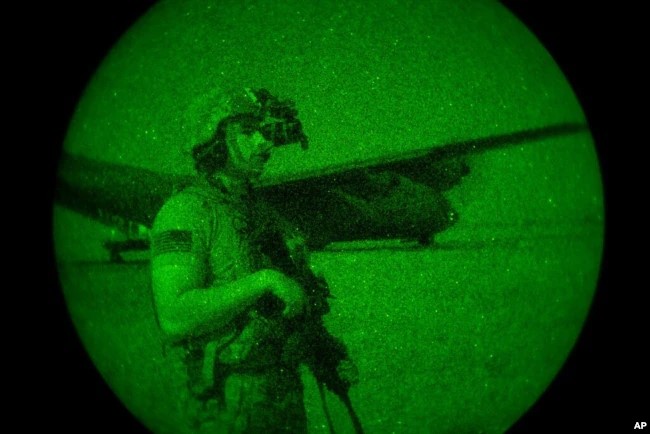
Since then, security concerns have been growing sharply as the country’s fragile political system wrestled with the completion of a bitterly contested election process and increased attacks by militants.
Guled says the withdrawal of some vital U.S. military forces and the decrease of airstrikes by U.S. drones gave the militants a freedom to move around the country and plan their attacks accordingly.
“Before, due to the U.S military pressure and drone attacks targeting their leaders and possible explosive vehicles, al-Shabaab was largely confined to rural areas and hideouts, but now, with the reduction of the U.S. troops’ direct engagement with the group, the decrease of the drone attacks, plus a lack of military movement on the government and AMISOM side, al-Shabab has the opportunity and the momentum to show off its military presence and capability and that it was operating without fear,” said Guled.


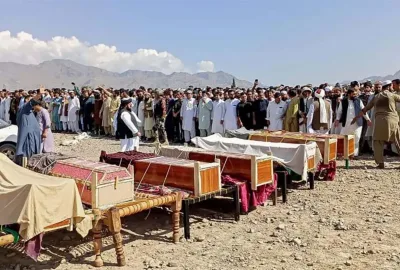
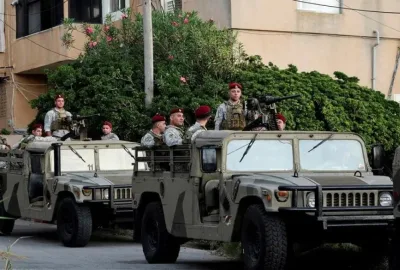
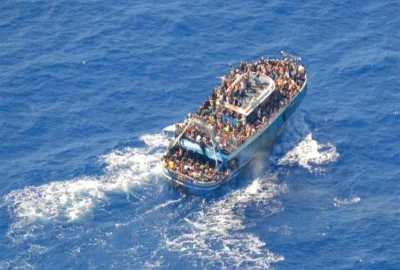



Whom are these politicians attempting to fool with such flimsy excuses? The only reason Shabaab cannot be eradicated is that they are members of the very local tribes and clans residing in and around Mogadishu. They belong to those very families and dwell among them. They all know each other. No one can tell them apart.
Therefore, eradicating Shabaab was never a task that could be effectively accomplished either by foreign forces (US or otherwise) or via sporadic aerial assaults using UAVs, simply because they are not your conventional military targets with visible barracks or bases. Shabaab are the locals and the locals are Shabaab.
Worse still, the local politicians are among those funding them and utilizing them for their own clandestine political ends at both federal and regional levels.
The only realistic solution to this menace is for a complete overhaul of Somali’s political structure and players with a newer, younger, and fresher blood replacing the old guard who happen to be the problem itself: particularly, a newer, younger, and fresher crop from the Northern regions of the country (Puntland and Somaliland) rather than the tainted South.